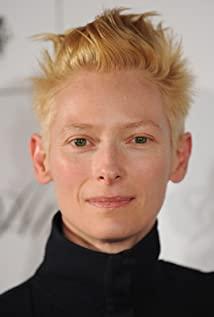But relatively objective benchmarks are not without them. In terms of theme and expression, The Tree of Life is in the same vein as Mia aioniotita kai mia mera (Mia aioniotita kai mia mera) by Greek film master Anzhe. Both films travel through more than one time and space, both adopt poetic expressions, and both carry out the highest serious thinking on the ultimate question of the meaning of life. The difference is that An Zhe's works are unpretentious, with emotions gushing out from plain details; Malick is a little unsteady, more like an exploration of the visual language of experimental films, with both success and fiasco.
The success is mainly focused on the description of the growth process of a family of five. The cuts in this part are extremely smooth, and the extensive use of poetic jumps makes the narrative itself completely take a back seat, and what stands out in each picture is the memory. minutiae. Such stream-of-consciousness splicing method is completely consistent with the highlighting characteristics of the details of the memory, and the visual jump highlights the instantaneous beauty of the picture, and a large number of small blank spaces have mobilized the enthusiasm of the audience to participate. The growth of the three brothers, the eldest Jack's complex feelings for his father, and the dynamic development of the parental relationship are all full of fresh textures. This part is shot with sincerity.
View more about Thumbsucker reviews











